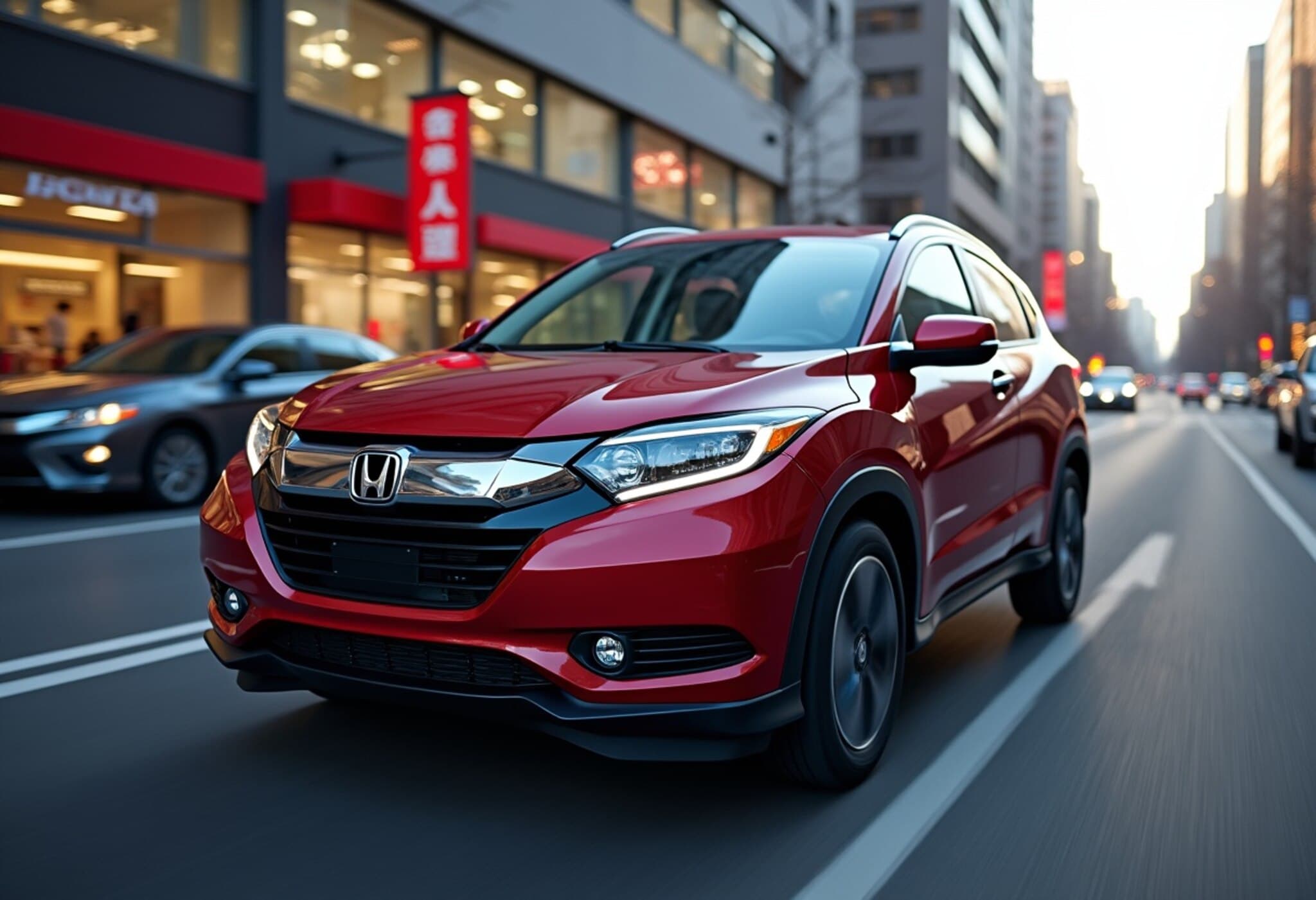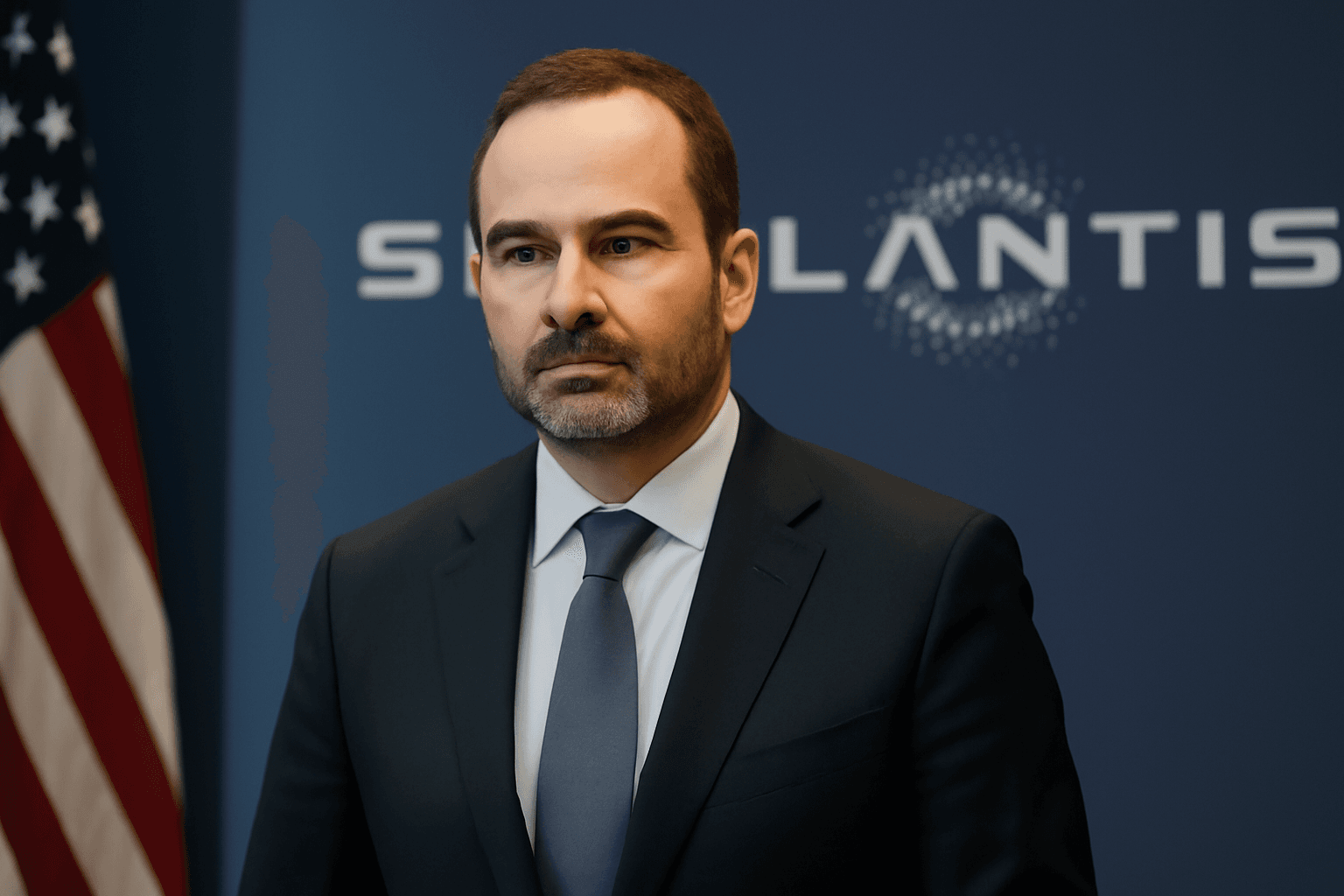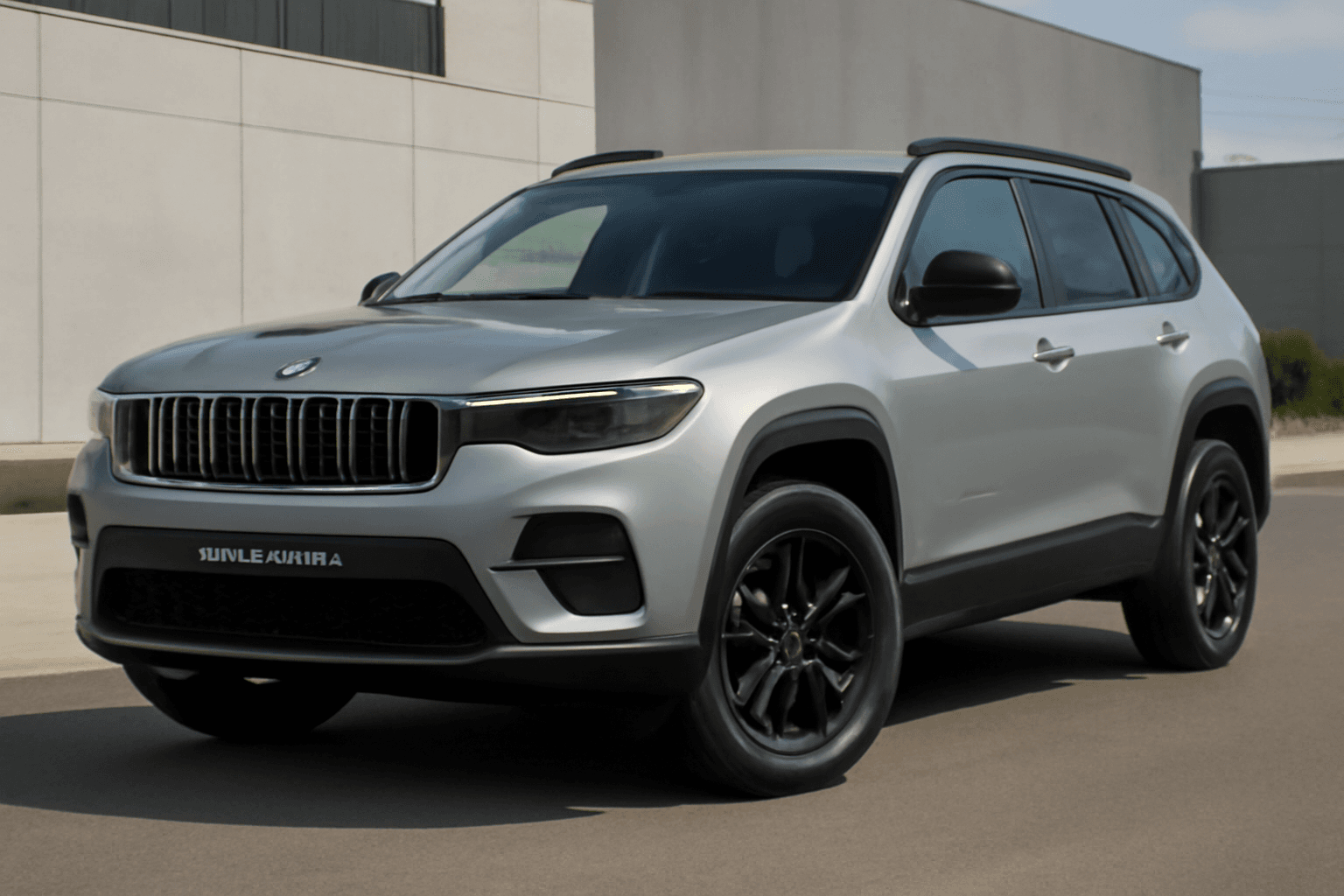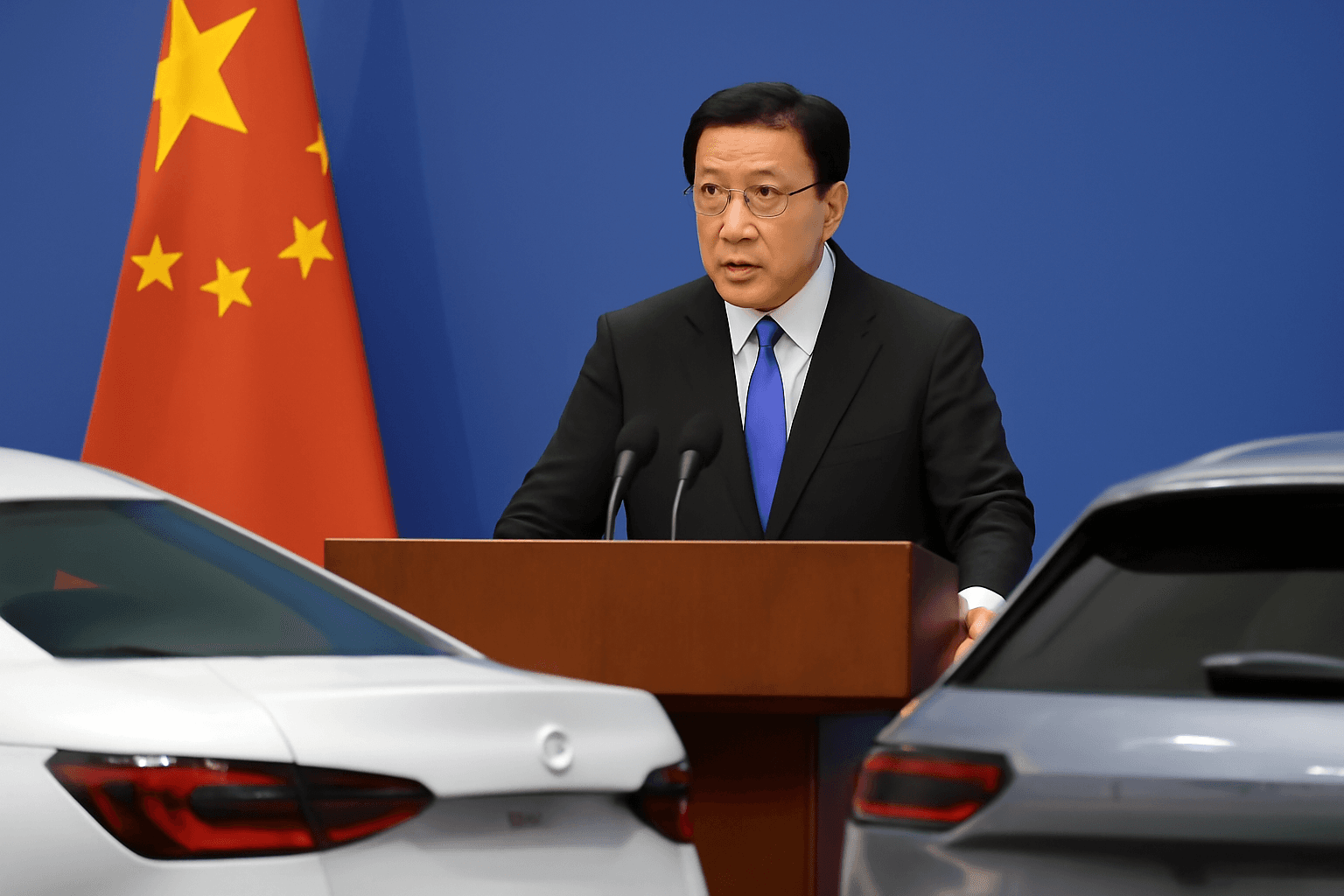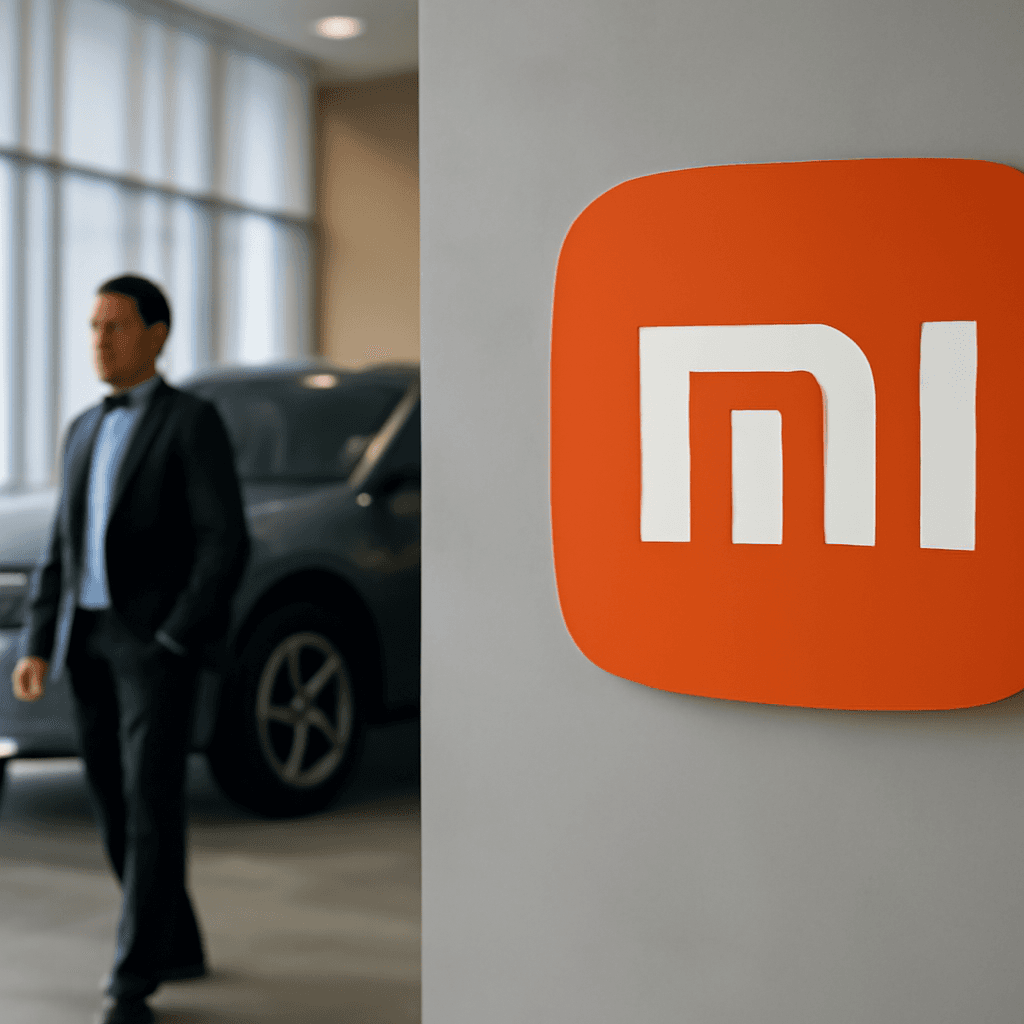Honda’s Q1 Operating Profit Halves, Overshadowed by U.S. Tariffs and Yen Strength
Japanese automotive giant Honda Motor Co. reported a sharp drop in its first-quarter operating profits, coming in 50% lower year-over-year, underscoring the significant pressure from recent U.S. auto tariffs and the stronger yen. Although revenue slightly exceeded estimates, the profit miss highlights the ongoing challenges facing Japan’s auto sector in a shifting global trade environment.
Q1 Financial Highlights: Revenue Up Slightly but Profits Decline
- Revenue: ¥5.34 trillion versus consensus estimates of ¥5.25 trillion
- Operating profit: ¥244.17 billion, falling well short of the ¥323.48 billion expected
Despite the disappointing quarterly profit, Honda raised its full-year operating profit forecast by 40% to ¥700 billion, revising upward from the earlier projection of ¥500 billion. This optimistic outlook suggests the company anticipates some relief or strategic adjustments later in the fiscal year.
Trade Headwinds and Currency Fluctuations Dent U.S. Sales
The United States remains a critical market for Honda, representing roughly a quarter of its global revenue in the first half of 2025. However, overall global sales declined 5% year-over-year, weighed down by shrinking demand across major regions including China, Asia, and Europe.
The struggles in the U.S. stem largely from the 25% tariff imposed by the American government on imported vehicles, effective from April 3, 2025. This tariff hike has forced Japanese manufacturers like Honda to cut prices aggressively in order to hold market share, putting a squeeze on profit margins.
Context: U.S.-Japan Trade Relations and Impact on Auto Industry
Last month, President Trump signed a new trade agreement with Japan that reportedly includes a reduced vehicle import tariff rate of 15%. However, crucial details about when this tariff reduction will take effect remain unclear. The ambiguity leaves manufacturers navigating a challenging landscape, balancing tariff costs and competitive pricing.
The toll of these tariffs is evident in trade data: despite a 4.6% increase in car export volumes from Japan to the U.S. in June, export values plunged by 25.3% year-over-year, reflecting steep price cuts rather than robust demand growth.
Broader Industry Struggles and Political Efforts
The auto tariff woes are not isolated to Honda. Nissan recently reported a first-quarter net loss of ¥115.8 billion, citing adverse currency fluctuations and tariff pressures. Toyota, Japan’s largest manufacturer by sales, is poised to announce its earnings soon amid expectations of its lowest operating profits in over two years—despite its record sales in the first half of 2025.
Responding to this, Japanese Prime Minister Shigeru Ishiba has expressed readiness to engage directly with President Trump to ensure the tariff reductions are implemented promptly. Meanwhile, Japan’s chief trade negotiator Ryosei Akazawa has traveled to Washington to push for a clear timetable on these tariff cuts, underscoring the high stakes for Japan’s automotive sector and broader economy.
Why This Matters: The Auto Trade Tug-of-War
The U.S. market is a linchpin for Japanese automakers and a bellwether of economic interplay between these two major economies. With auto exports comprising over 28% of Japan's total shipments to the U.S., tariffs not only impact corporate profits but also ripple through supply chains, employment, and trade balances.
For American consumers, these tariffs can mean higher prices and fewer choices, while manufacturers face difficult decisions around pricing, product mix, and market strategy. The unfolding negotiation process is emblematic of a broader trade recalibration in an era where economic nationalism and global supply commitments clash.
Looking Ahead: Stakeholders Brace for Uncertainty
- Honda and other Japanese automakers will likely continue to absorb margin pressures through price adjustments and operational efficiencies.
- Consumers may experience fluctuating car prices depending on how tariff policies evolve and how companies respond.
- Policy-makers on both sides must balance protectionist impulses with the broader benefits of free trade and economic cooperation.
Editor’s Note
Honda’s latest earnings reveal more than just numbers—they spotlight the fraught journey of global automakers caught between geopolitical strategy and market realities. While tariff negotiations offer hope for relief, uncertainty persists, emphasizing the complexity of the intertwined U.S.-Japan economic relationship. Readers should watch how these developments unfold, as their ripple effects impact everything from factory floors in Japan to dealership lots across America.

